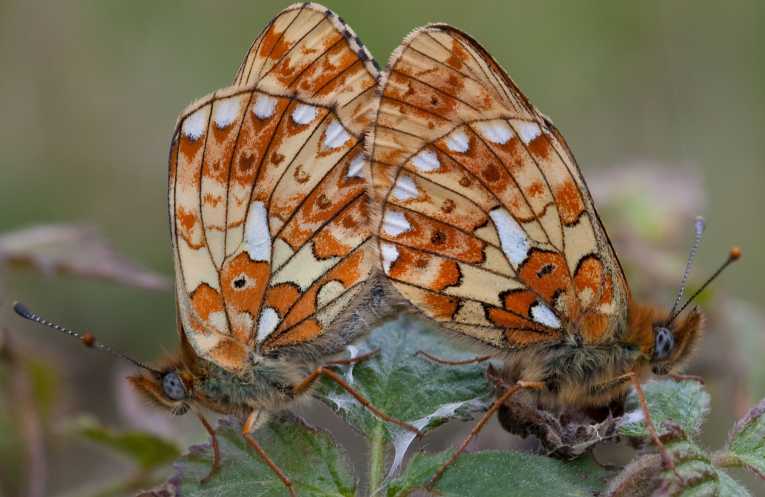However, the species is now designated a priority species for conservation under the UK Biodiversity Action Plan and efforts to re-colonise parts of the south-east with the butterfly have proven highly successful. Since the butterfly's reintroduction into Abbots Wood in East Sussex and Tudeley Woods in East Kent, the species has thrived.
In fact, the project has been so successful that, last year, 250 of the insects were seen at Abbots Wood, more than had been seen in the South East for more than a decade. Stuart Sutton, a wildlife ranger at the Forestry Commission, said the success was, in part, due to exceptionally good weather:
''We are thrilled that every year we have seen an increase in numbers here at Abbots Wood, but this year the population has grown beyond our wildest expectations. The butterflies have really taken advantage of our carefully targeted management of the forest landscape and tree felling, which provides sustainable timber for British industry, as well as open warm and sunny areas for feeding and breeding butterflies.''The project has been undertaken in partnership with Butterfly Conservation, a charity dedicated to the conservation of butterflies and moths. Dan Hoare, a spokesman for the organisation said:
''This is a pioneering conservation project by the Forestry Commission, which is helping to secure the future of this woodland butterfly at a national level. The meticulous records of how the Forestry Commission has achieved this success is an exemplar model for future reintroductions and other butterfly conservation projects across the country.''
Significantly, in the case of the Pearl-Bordered Fritillary, it has been human intervention, notably, in woodland management and the development of roads through the countryside to link forested areas that have provided the ideal habitat and conditions necessary for the species to thrive.
It's just one success story from the many local biodiversity action plans throughout the UK targeting priority sites for conservation efforts. Hopefully, we can report similar results from other projects in the future.
Top Image: Pearl bordered fritillaries mating at Abbots Wood Sussex. Photo by Stuart Sutton.










